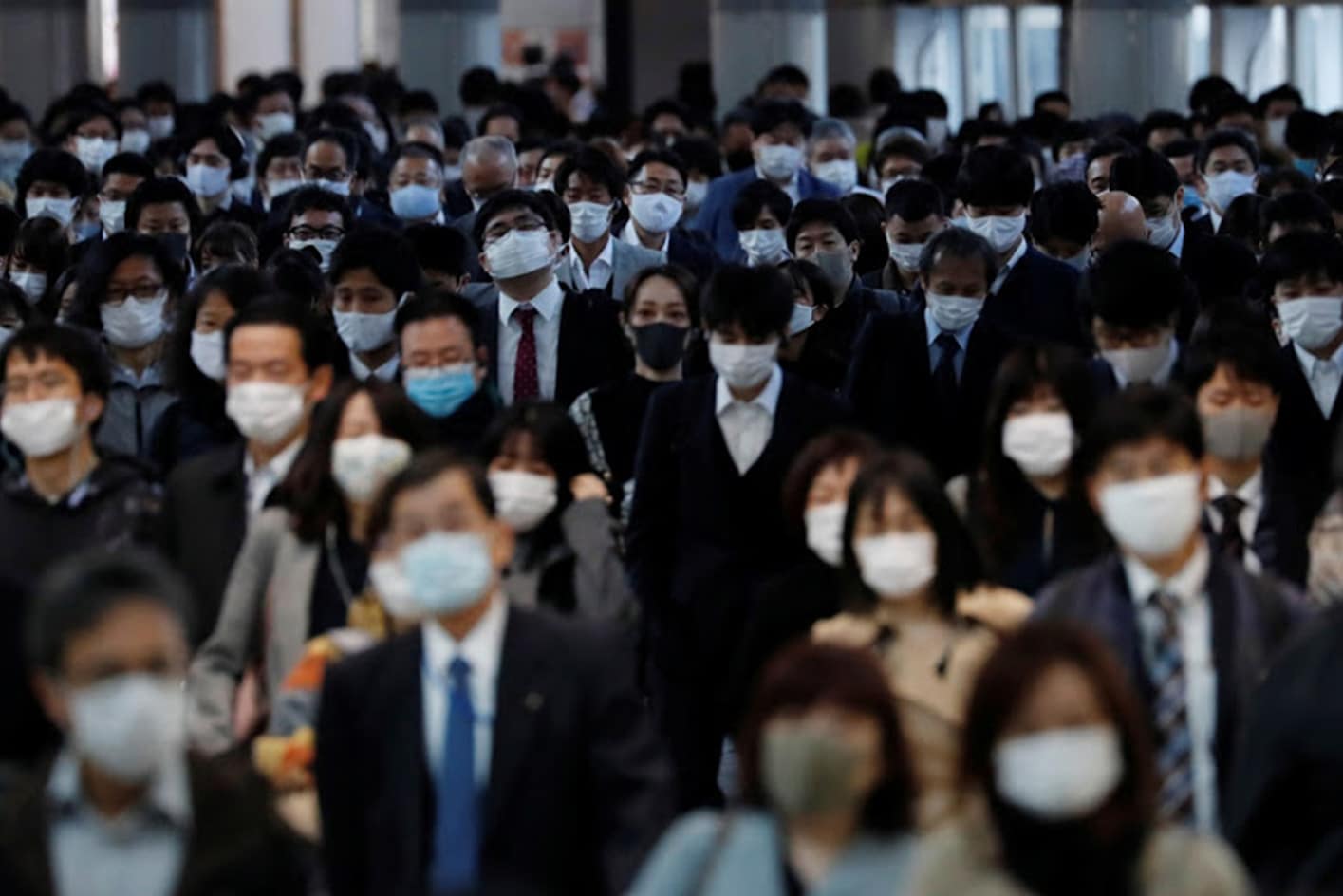
15 Nov Japanese financial crisis gives perspective on economy after Covid
As published in BusinessDay.co.za on 15 November, 2020 by Kyle Wales
It is not unusual for people to look to the past to find insights about the present or gauge patterns to predict the future. History doesn’t repeat itself, but it often rhymes, it is said.
Analysts have predictably referenced past financial crises to predict what the future may hold for global economic activity, and specifically inflation, after the Covid pandemic. What is different about inflation predictions this time is that instead of a consensus emerging with a minority sitting on the fringes, experts have formed two opposing camps, with each camp presenting credible arguments in support of its case.
The deflationary camp believes the impact of the Covid crisis on industrial production and unemployment was so severe that it will cause a prolonged period of slower growth and low or negative inflation.
The inflationary camp says that the monetary and fiscal policies used to contain the effects of the pandemic will cause surging inflation as money’s role as a store of value diminishes.
The deflationary camp typically references the prolonged impact of the Great Depression as a historical precedent for deflation. The inflationary camp typically references the hyperinflationary crisis in the Weimar Republic in the 1920s as evidence of how money printing can lead to inflation.
There have been no references to the recent Japanese Heisei crisis of the late 1980s by either camp. Intuitively, one would think parallels between this crisis and the situation now would provide support to those in the deflationary camp, because this was one of the most severe deflationary crises on record. However, this crisis should also be of interest to those in the inflationary camp as they should be looking for reasons why the situation now is different to then.
The Holy Grail of Macroeconomics: Lessons from Japan’s Great Recession by Richard Koo, chief economist at Japan’s Nomura Research Institute, provides insight into the Heisei crisis.
For background, the Heisei crisis followed an asset bubble in Japan that was so severe that almost 20 years later (as at February 22 2008), commercial land prices in six cities in Japan were still 84% lower than their peak.
To place the destruction of wealth in context, $15-trillion in Japanese wealth was destroyed (equivalent to three years of Japanese GDP), whereas only one year of US wealth was destroyed during the Great Depression. At its peak the Japanese asset bubble caused the value of the land on which the Tokyo Imperial Palace stood being worth more than all the land in the state of California.
While it is true that asset prices originally fell in the aftermath of the Covid crisis, an aggressive monetary and fiscal policy has helped the world avoid a ‘balance sheet crisis’.
In response to the crisis, the Japanese central bank embarked on a multiyear policy of lowering interest rates — but the glide path was a slow one and interest rates only approached their zero bound by 1995.
In his book, Koo starts by trying to answer the question why, even when interest rates in Japan were approaching zero, was there no impact on Japanese corporate demand for debt? This was at odds with the “profit maximisation motive” that economic orthodoxy assumes drives rational economic participants — money was free, so virtually any use of borrowed funds would have been accretive to profits.
His answer is that Japan found itself in a “balance sheet crisis”, a subset of financial crises in which the collapse in asset prices put the corporate sector into a negative equity position. Debt minimisation thus became the primary motive of corporates rather than profit maximisation. Because corporate demand for debt, and therefore to spend, was so weak, the Japanese government had to step into this void, causing Japanese government debt-to-GDP metrics to explode.
This crisis and the Great Depression had the following similarities:
- Asset prices collapsed.
- An aggressive fiscal response was ultimately needed to put the economy on the path to recovery.
- Authorities did not do enough to arrest the initial fall in asset prices, which had led them both to become “balance sheet crises” in the first place.
The situation cannot be more different from the situation now. While it is true that asset prices originally fell in the aftermath of the Covid-19 crisis, an aggressive monetary and fiscal policy has helped the world avoid a “balance sheet crisis”. That is especially true for the US, where unemployment has been contained and is improving, and asset prices are recovering. The S&P 500, for example, is up 7.75% year to date, erasing its earlier losses. By contrast, during the Heisei crisis in Japan, the Topix was still 54% below its peak more than 15 years later.
It is always too simplistic to use one data point in support of one’s view, but what Koo’s book illustrates is that the Great Depression (as well as its deflationary impact) may have far less relevance to the current crisis than is commonly believed. As such, it provides further fuel to those who believe it is the spectre of inflation (and not deflation) that we should be worrying about.
The importance of the outlook for inflation should not be dismissed because it will determine how investors should be positioning their portfolios. A deflationary world will favour nominal bonds over other asset classes, while an inflationary one will be good for inflation-linked bonds, gold and, depending on how much inflation enters the system, equities.



















